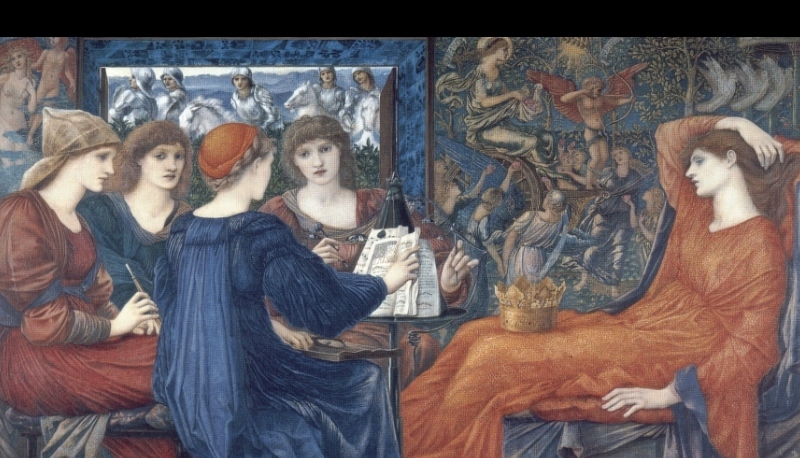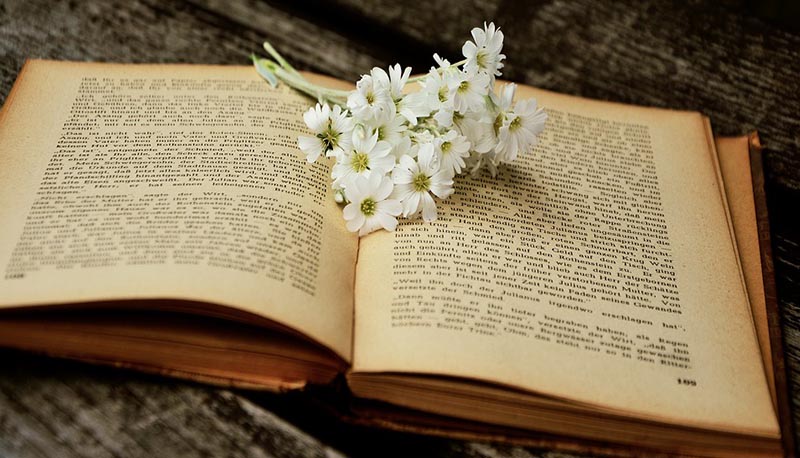Concetti Chiave
- The Medieval ballad was a musical narrative form, often anonymous, characterized by simple rhyming structures and short stanzas.
- Ballads typically included a mix of dialogue and narration without moralizing, featuring themes such as magic, love, tragedy, and outlaws.
- The ballad's narrative style presented events as rapid snapshots, utilizing simple language and repetition for memorability.
- The medieval narrative poem, distinct from ballads, often told stories in verse with detailed settings and first-person narration.
- Geoffrey Chaucer's "Canterbury Tales" exemplifies the narrative poem with its diverse storytelling and character-driven structure.
Origini e caratteristiche della ballata
The ballad was a musical rhymed meter produced by the common people and recited or sung in alehouses or at fairs. The word ballad came from Latin: in fact these poems were sung to a simple instrumental accompaniment. Popular ballads were anonymous narrative poems, written in short stanzas of two or four lines, rhyming abcb. There is a mixture of dialog and narration, the speaker does not introduce his personality and there is no moralizing or didactic approach.

The types of
- Ballad of magic, about fairies, ghosts, witchcraft and transformation
- Border ballad
- Ballad of love and domestic tragedy
- Ballad of outlaws, for example Robin Hood
Universo magico delle ballate
The ballad universe was peopled with speaking animals, birds, fairies and witch. These characters are magic with supernatural power.

A narrative poem tells a story in verse and contains a variety of ambient such as the setting in time and place, the description of character. The narrator was often in the first person. Medieval narrative included the exempla, in form of parables and fables, where the moral teaching could be drawn both by real and by fantastic situations. Then there are the fabliau, whose subjects were often-clerical; the romance, a tale in which appear the concept of love and war in a courtly setting. They described the lifestyle, the psychology and the experience of a singular character.
The greatest example of narrative poem was given by Geoffrey Chaucer in Canterbury Tales, a long poem where each tale has meaning in relation to the character of its teller and to the other characters. The tale contains interludes. This poem has a large variety of style
Domande da interrogazione
- Quali sono le caratteristiche principali della ballata medievale?
- Quali tipi di ballate esistevano nel medioevo?
- Qual è l'esempio più famoso di poema narrativo medievale?
La ballata medievale era un poema narrativo anonimo, spesso recitato o cantato, caratterizzato da strofe brevi, rime semplici e un mix di dialogo e narrazione senza approccio moralizzante.
Esistevano diversi tipi di ballate, tra cui la ballata magica, la ballata di confine, la ballata d'amore e tragedia domestica, e la ballata di fuorilegge come Robin Hood.
L'esempio più famoso di poema narrativo medievale è "I racconti di Canterbury" di Geoffrey Chaucer, che presenta una varietà di stili e racconti interconnessi dai personaggi.






 Accedi a tutti gli appunti
Accedi a tutti gli appunti
 Tutor AI: studia meglio e in meno tempo
Tutor AI: studia meglio e in meno tempo